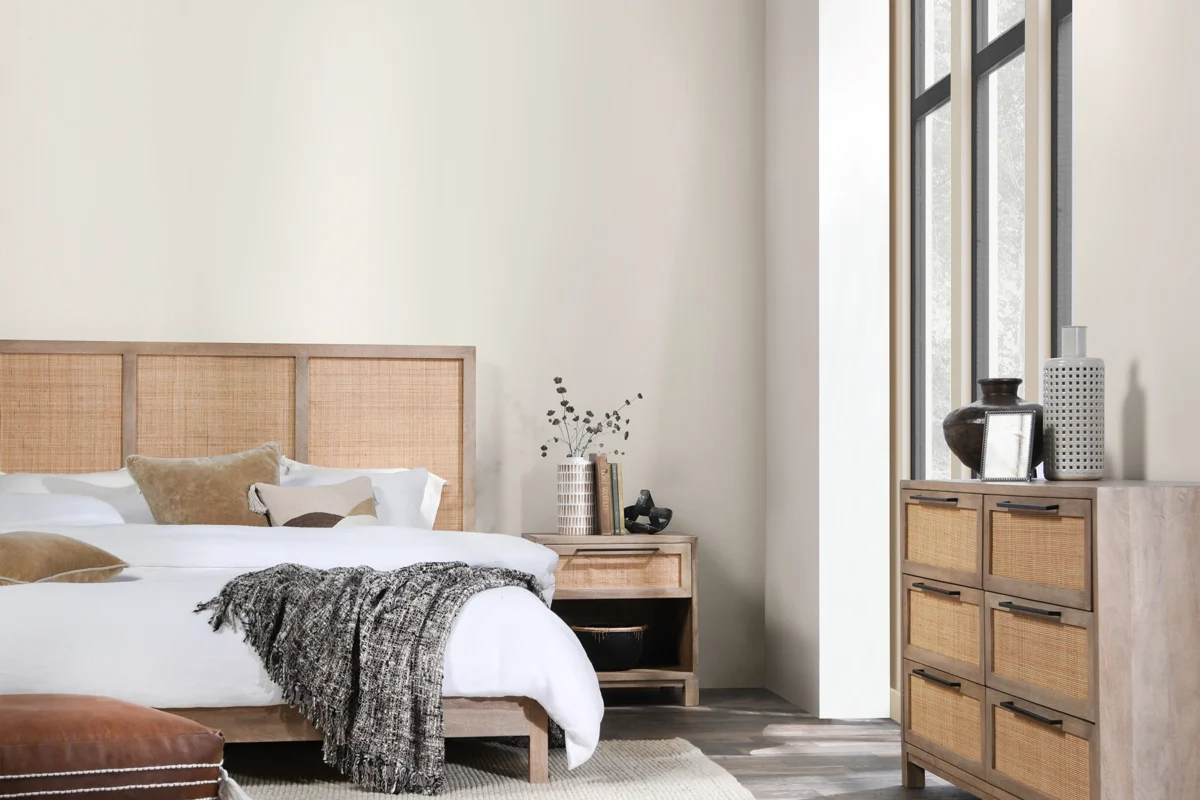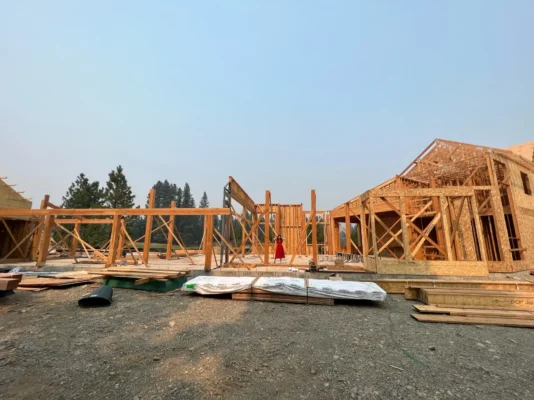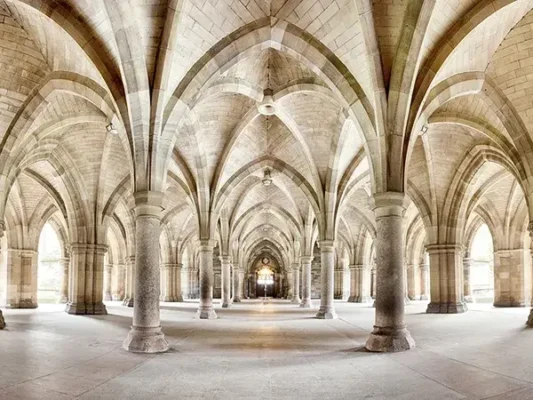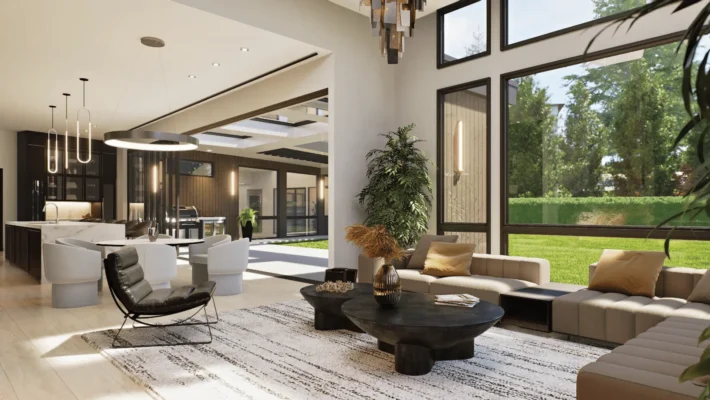Design Inspiration From Around The World
Many residents of the Pacific Northwest are well-traveled and would like to incorporate some of their world experience into the interior design of their own living space. From the warmth of a large, open kitchen reminiscent of a favorite Italian villa to the elegance of a penthouse in Mayfair, London the world is filled with beautiful inspiration. A favorite beach vacation memory may inspire architects in Bellevue and Seattle to design spacious outdoor living and recreational amenities that call for luscious grasses and succulents to complete the aesthetic.
Let’s explore some design features from around the world.
Italy

(Image above: Minotti Italian design, hardwood floors, wallpaper and wall panels , chandelier, coffee table, dining table, candles, stool, decor)
Italian architects love to bring historical elements into design and many Italian designers find a mix of old-world architecture and modern furniture complement one another nicely.
To begin, think of kitchen design with more in mind than just designing a room in which meals are prepared – instead, think of the kitchen as a gathering place where friends and family talk and laugh and spend hours together. Imagine a small sofa or seating area in addition to a kitchen table or bar top for a very welcoming social space.
One of the most recognizable elements of Italian interior design is intricate stonework, from the warmth of a terracotta tile floor to the luxury of marble counter tops. The right collection of stone will absolutely bring Italy home.
For the architectural design of rest of the home, open spaces are common in Italian home design as many villas are modestly sized. Incorporating an open space design is one way to give your home the feel of a Tuscan villa or a Milan loft apartment, where light, airy spaces are key. Less is often more in Italian interior design giving homes a minimalistic feel.
London
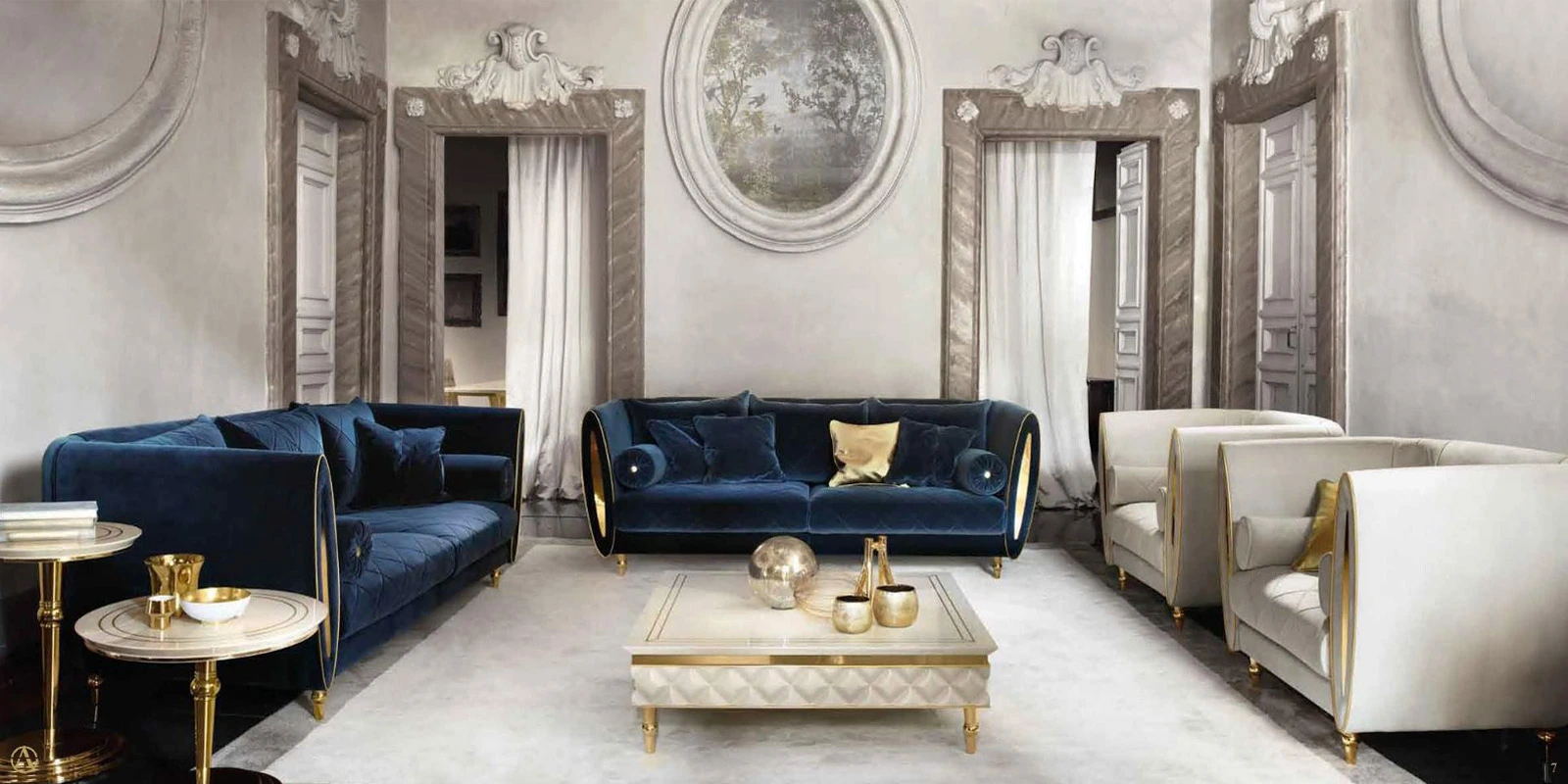
(Pictured above: Traditional London living room, dark wood coffee table, custom upholstered chairs and sofa, wallpaper, decor, hanging art, table lamp, throw pillows, area rug)
Contemporary London décor is unique for interior design, bringing classic British style into a modern setting. London decoration combines history with modernity. Inspired by centuries-old legacies, London based design styles endeavor to honor the past while keeping an eye for the future.
Vibrant, patterned colors and large accoutrement bring a nobility to living room design and the classical English moldings, windows, fireplaces, stairs and panels still have a place in London’s architectural design. The London fireplace may be reminiscent of the 1920s with their timeless and sophisticated structures.
Designing traditional London interiors and selecting décor based on the unique color pallet might include light blue and teal as they are the touchstone of London-style decoration. Dark green and pink often complete the traditional color scheme.
Proper furnishings are important to replicating the London-style atmosphere. Consider furniture with rounded corners and a mix of Art Deco and minimalism. Inclined sofas and rounded tables create a feminine and harmonious environment.
London is a city of art. Using well-designed living spaces as galleries is another way to bring London home with large framed pieces adorning walls and sculptures tastefully arranged throughout the home. Finishing touches may include hand-painted vases and fragrant candles decorating tabletops.
Mexico
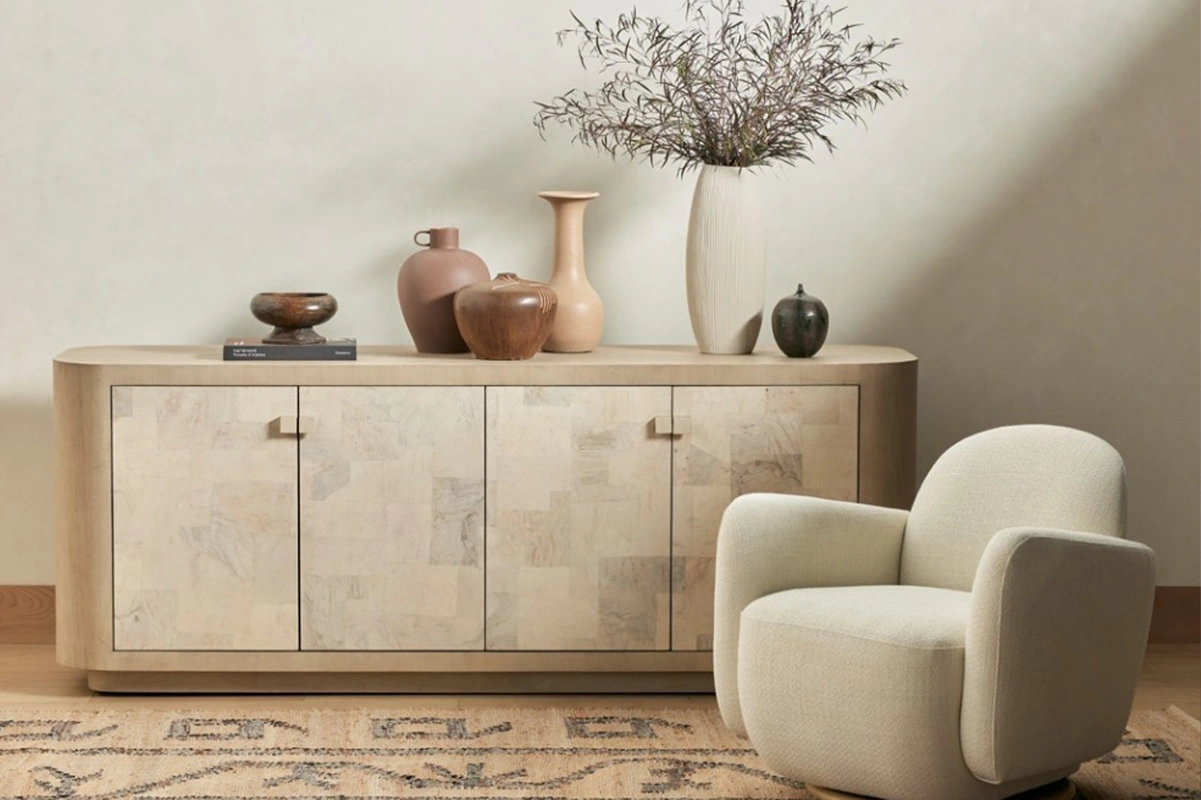
(Image above: Mexican themed interior design, themed area rug, sofa, sideboard, chair, plans)
Living in the Pacific Northwest, many enjoy the saturated colors of traditional Latin design and rustic feel of Mexican materials. Stucco exteriors, exposed concrete and wrought iron meet soft leathers and patinated metal finishes. Softly round corners rested in slender black metal frames accompanied by a live-edge table may help connect a space to its outdoor environment.
In designing a Mexican themed kitchen, a ceiling-high backsplash of hand-selected book-matched Arabescato marble pairs well with a quartzite island countertop balanced by teak barstools. Perhaps a hammered brass art piece hung above the breakfast table integrates with similar artwork found throughout the home.
For the main bedroom design and bedroom decor, soft linen bedding counters the chocolate-brown bed frame, and translucent window treatments hang softly which offer peeks of the landscape and drift in the breeze. The main bathroom adorned with marble completes the interior experience taking the homeowner back to their favorite coastal beach vacation destination.
Well thought out landscaping accents the grounds with an assortment of agave, along with other succulents and drought-tolerant plants, is based in Mexico. Outdoor furniture that is interchangeable with the indoor furniture contributes to a seamless feel.
Japan
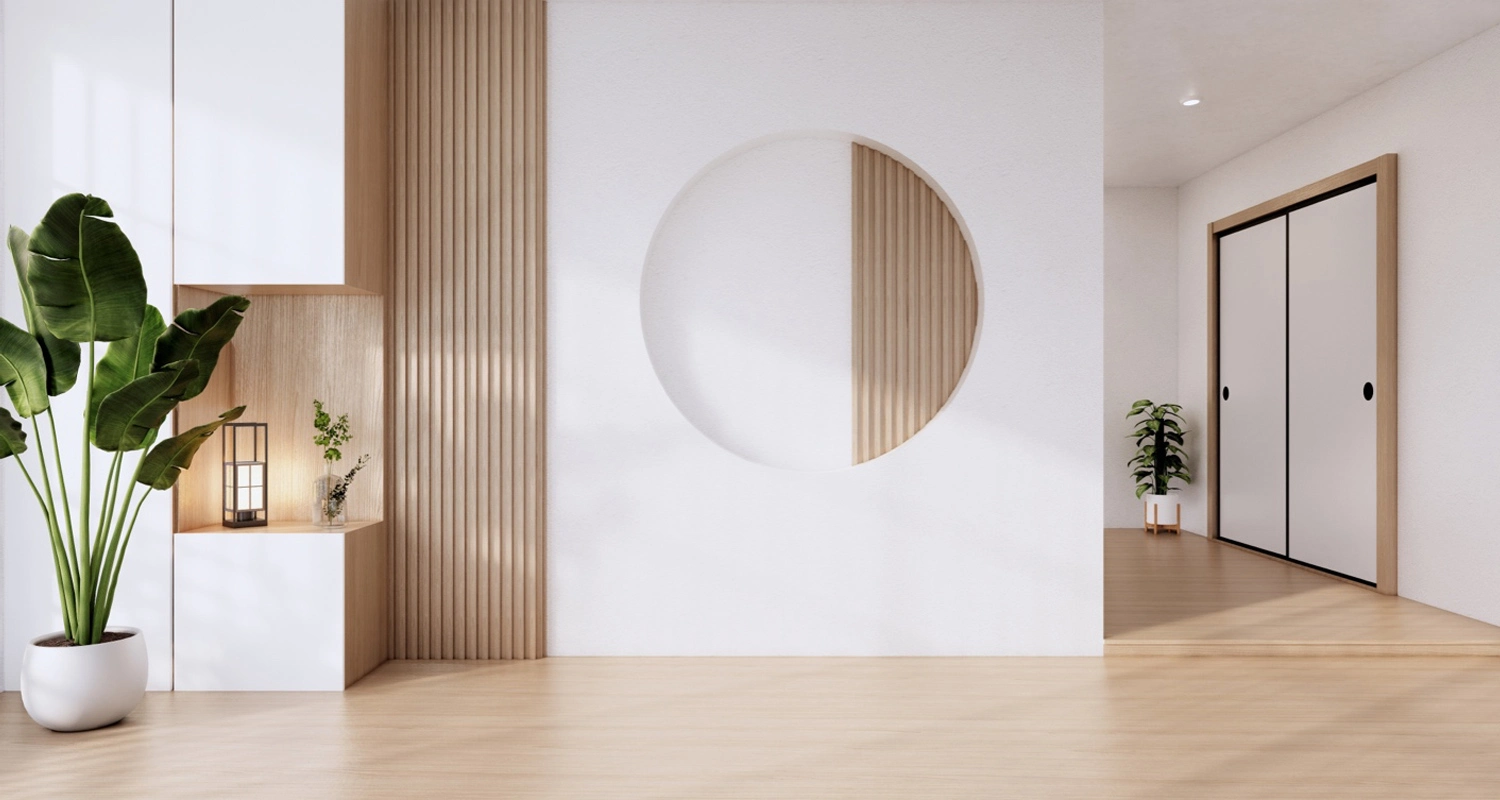
(Pictured above: Pictured above: Modern Japanese interior, potted plant, white walls, inlaid wooden accent, sliding doors, hardwood flooring)
Living in the Pacific Northwest, many enjoy the saturated colors of traditional Latin design and rustic feel of Mexican materials. Stucco exteriors, exposed concrete and wrought iron meet soft leathers and patinated metal finishes. Softly round corners rested in slender black metal frames accompanied by a live-edge table may help connect a space to its outdoor environment.
In designing a Mexican themed kitchen, a ceiling-high backsplash of hand-selected book-matched Arabescato marble pairs well with a quartzite island countertop balanced by teak barstools. Perhaps a hammered brass art piece hung above the breakfast table integrates with similar artwork found throughout the home.
For the main bedroom design and bedroom decor, soft linen bedding counters the chocolate-brown bed frame, and translucent window treatments hang softly which offer peeks of the landscape and drift in the breeze. The main bathroom adorned with marble completes the interior experience taking the homeowner back to their favorite coastal beach vacation destination.
Well thought out landscaping accents the grounds with an assortment of agave, along with other succulents and drought-tolerant plants, is based in Mexico. Outdoor furniture that is interchangeable with the indoor furniture contributes to a seamless feel.
Japan
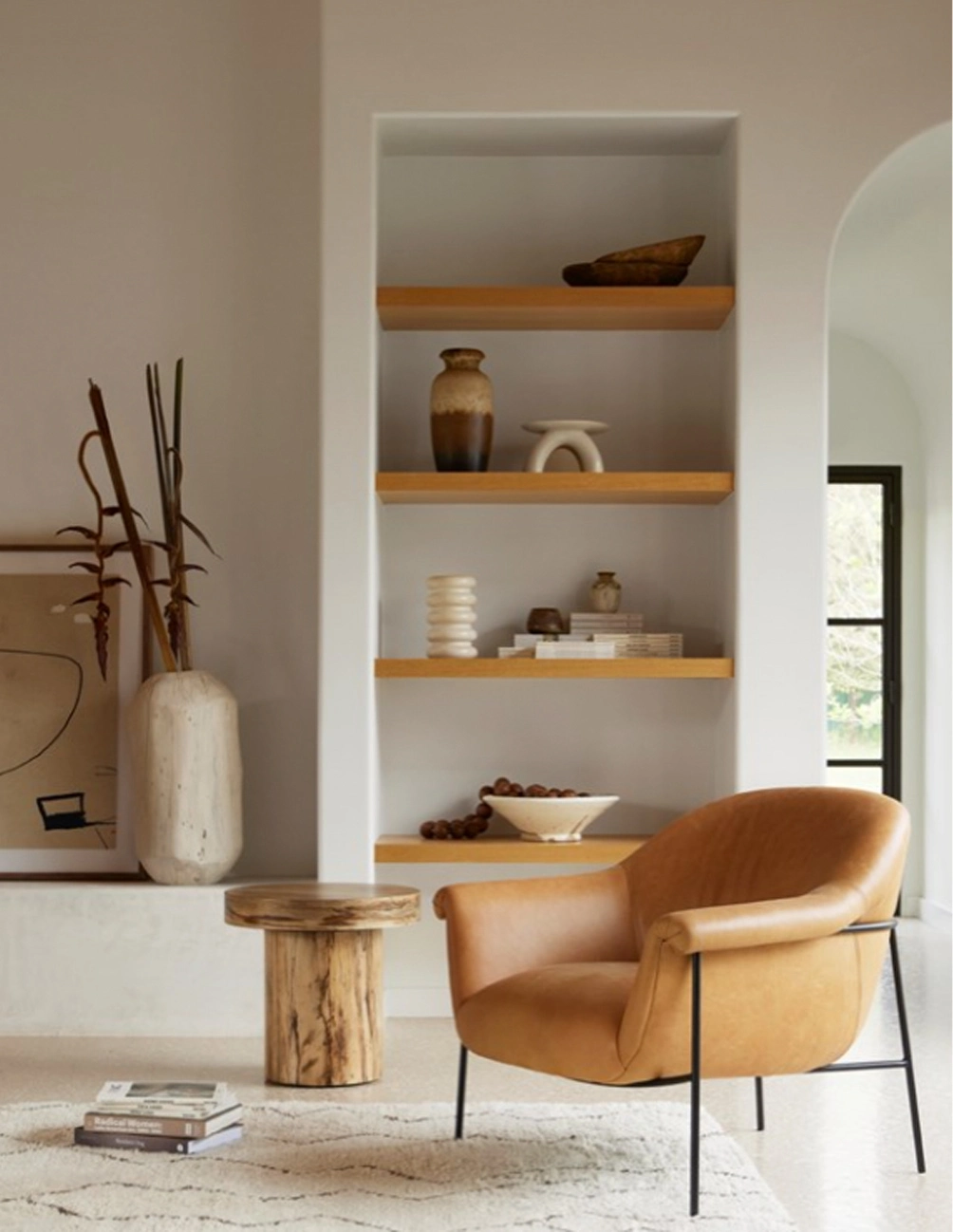
(Pictured above: Scandinavian design, white sofas, leather throw pillows, wood office table, hardwood flooring, stairs, water view, area rug, vases, art, books, leather chairs, table lamps)
The Scandinavia area refers to the northern European countries of Norway, Sweden, Denmark, Finland, and Iceland.
Since the 1950’s Scandinavian design has consisted of white walls, wood floors, modern furniture, and minimalist decor. Its focus is to combine functionality and beauty with simple lines and light spaces, devoid of clutter.
Scandinavians deeply value nature and spending time outdoors, something that is reflected in this style. Wood floors tend to remain uncovered and lighter wooden tones are frequently found in Scandinavian homes. And, of course, live plants are a popular choice when it comes to really bringing the outdoors in.
Other hallmark traits of a Scandinavian design style focuses heavily on neutrals, most notably, bright whites, with pops of black and tan. That’s not to say the style is completely devoid of color though, just that the overall spaces tend to be monochromatic, with hues coming into play as accent pieces.
Scandinavian furniture styles, light fixtures, and other functional items should have a modern look, while remaining simple and not overly ornate. Blend design and storage together in typical pieces such as shoe racks, shelves and organizers, and other storage-included items.
Honor nature as a Scandinavian design principle by incorporating natural elements, such as light and bright wood, house plants, and natural textiles and upholstery like wool, sheepskin, linen, jute, burlap, and more. Use plants and natural objects as decor inspiration in sculptures and wall art.
When considering color, imitate what you see outside. Think: stone, and wood, with pops of brighter color for the sky and foliage. With larger blocks of accent color, opt for unsaturated versions of colors like grayish blues, muted greens, and warm tan.
Hygge is a Danish word that roughly translates to cozy togetherness. To accent hygge, add things that remind you of warmth and comfort, such as candles, soft blankets, and slippers. If you have a fireplace, make this a focal point and gathering place. Hygge is very much about relaxation and ease, so don’t be afraid to keep throw blankets unfolded, covers rumpled, and well-loved items in clear view.
By remembering to prioritize organization, keep color schemes neutral, and maintain a clutter-free zone, you can easily replicate the essence of Scandinavian design throughout your entire home.
References:
wayfair.com
bhg.com
luxesource.com
architectmagazine.com
nabru.co.uk



